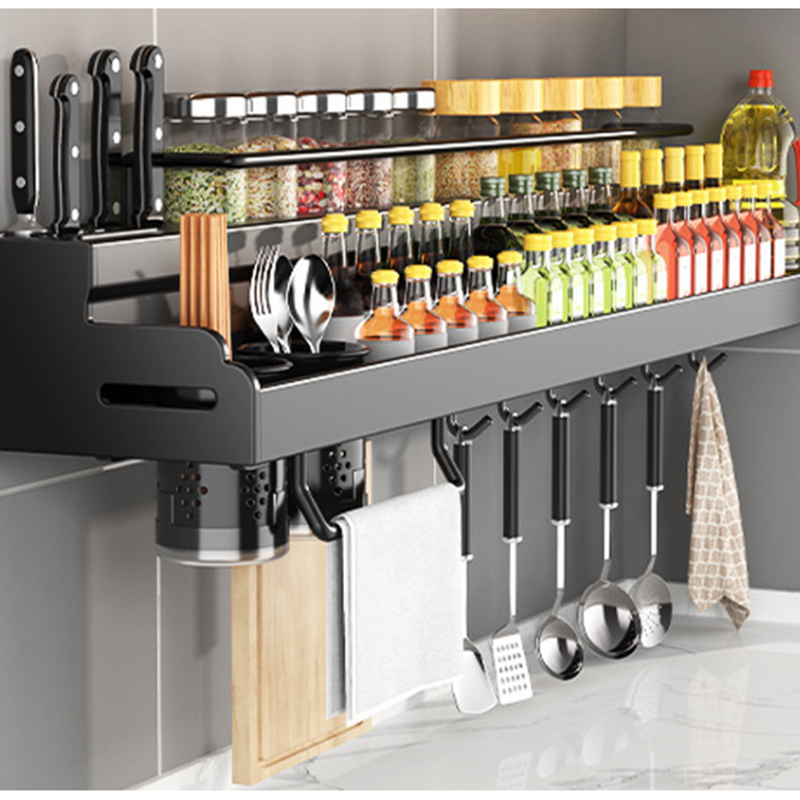Kitchen sink faucet leakage causes and treatment methods are as follows :
Check the fastening screws : The fastening screws of the faucet may become loose, causing water to seep out of the screws. Use a wrench to tighten the screw, but be careful not to tighten it too much.
Replace the gasket : If the gasket is aged or broken, it can cause water to seep from the bottom. Disassemble the faucet, remove the gasket, and replace it with a new gasket.

Replace the faucet core : Aging or damaged faucet core can also lead to water leakage. Disassemble the faucet, remove the core head, and replace it with a new core head.
Replace the faucet : If the above methods do not solve the problem, you may need to replace the entire faucet. Choose good quality, good brand products.
Replace the shaft pad : Wear of the shaft washer in the sink can cause water leakage. Use needle-nose pliers to rotate and loosen the gland, remove and replace with a new shaft pad.
Replace the water sealing tape : Aging or damaged water sealing tape may cause water leakage. Use a wrench to remove the faucet, re-wrap the new sealing tape, and reinstall.
Replace the triangle gasket : Damage to the triangle gasket in the gland may cause water leakage. Use the tool to turn and unscrew the faucet, remove and replace with a new triangle gasket.
Replace the internal gasket : Damaged gaskets inside the faucet can cause water leakage. Remove the faucet with a wrench, remove the spacer inside, and replace it with a new one.
Reinstalling the faucet : Loose faucet causes leakage. Take out the faucet and reinstall it to ensure that it is firmly fixed.
Regular inspection : regularly check all parts of the faucet, timely find and replace the aging parts.
Proper use : Avoid turning off the faucet too forcefully to avoid damaging internal components.
Keep clean : Keep faucets and connections clean to avoid leaks caused by impurities.
Post time: Sep-05-2024









